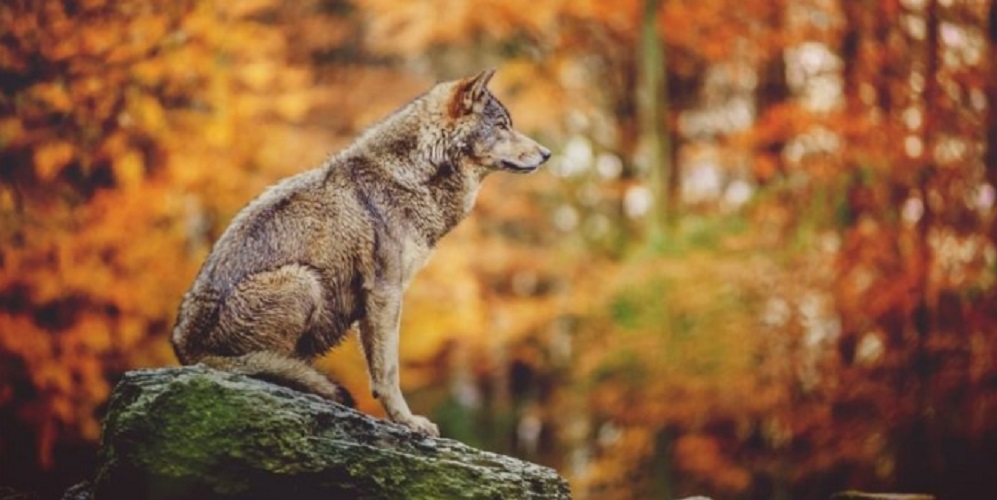What is the temperate forest?
We explain what the temperate forest is, its flora, fauna, relief and other characteristics. Also, where is it located?
-
What is the temperate forest?
Temperate forests are, as the name implies, the characteristic forests of the temperate regions of the two hemispheres of the planet. Its climate is characterized by an average annual temperature of 18 ° C and average rainfall between 600 mm and 2000 mm per year.
However, their specific conditions vary greatly between stations and geographical locations. In other words, they are very diverse in nature, although they are usually very humid (between 60 and 80% constant).
They are organized based on five layers of vegetation :
- An initial layer of mosses and lichens, at ground level .
- A secondary layer of grass and crawling plants.
- A third layer of bushes, such as blueberries or blackberries.
- A fourth layer of young trees, already with a certain height.
- A last layer of trees about 60 feet tall.
The soil of this type of forest is usually fertile and rich in nutrients, given the abundant fall of leaves, branches and other organic matter that later decomposes.
-
Temperate forest characteristics
These forests occupy large areas of abundant and uniform rainfall . Its temperatures follow the seasonal pattern, since the seasons are clearly differentiated from each other.
It is common to find them before the appearance of the taigas , with which they can become confused. They are distinguished from other more lush forests in that they have a much less thick and dense canopy , so that the sky can be seen from the undergrowth.
-
Temperate forest fauna

The fauna of the temperate forest is diverse, although not as much as in tropical forests . Many of its native species hibernate during the frost period, escaping the deadly cold to resurface in the spring . This makes them not very visible animals, some nocturnal habits, others hidden among the grass.
On the other hand, there is a significant number of birds, insects and rodents , as well as large herbivores (deer, elk, wild boar, deer), fierce hunters and omnivores (bears, foxes, wolves, wildcats). Squirrels, salamanders and woodpeckers are also frequent.
-
Temperate Forest Flora

In some forests the deciduous species predominate , adapted to the arrival of the cold, with possible frosts and snowfalls, while in others the conifers are the majority , thus giving rise to temperate deciduous forests or temperate coniferous forests .
It is also common to find mixed forests , broadleaf and evergreen evergreen. In these forests you can find the famous sequoias, giant trees capable of reaching 275 meters high throughout their thousands of years of existence, usually in the temperate North American forests.
Other species typical of the temperate forest are maple, fir trees, spruces and other seed trees, such as walnut.
-
Temperate Forest Relief
The relief of these forests is very diverse. It can occur in plains, valleys or mountains interchangeably , depending on their geographical region. In the flattest regions it is where the greatest human concentration of the planet is found, probably to take advantage of the richness of the soil for agricultural work.
-
Temperate forest location

The main locations of this type of forest are in the northern regions of North America (much of the United States, Alaska, Canada), Europe (Scandinavia, England, Finland) and Asia (Russia, especially Siberia, but also China) .
In the southern hemisphere, on the other hand, they are found in the southern regions of Australia, New Zealand, Chile and Argentina. These are the forests that prelude the different polar areas of each hemisphere , in which plant life is already much more difficult.





